Lenseless, without battery or an automatic system: seems unimaginable, but the whole photography industry has started out from such a simple machine. How did it all happen?
It all began with camera obscura – a natural optical phenomenon that was discovered back in 500 BCE. In its most basic form, it is a dark room with a small hole in a wall. Light travels through that hole, arriving on the wall opposite and leaves an inverted image of the outside world. Basically, the tiny pin hole on a light-tight room works as a lens with an infinity focus and a small aperture.
The room-sized camera obscura then shrinks into a mobile device, first in a little tent and later in a box, popularized by painters as a drawing aid in the 17th century. Pinhole camera developed early in the 19th century was an adaptation of the box-type camera obscura. Instead of projecting an image onto a translucent screen for real-time viewing, light will be printed on a piece of film or light sensitive paper, resulting in a permanent photo like what we have today.
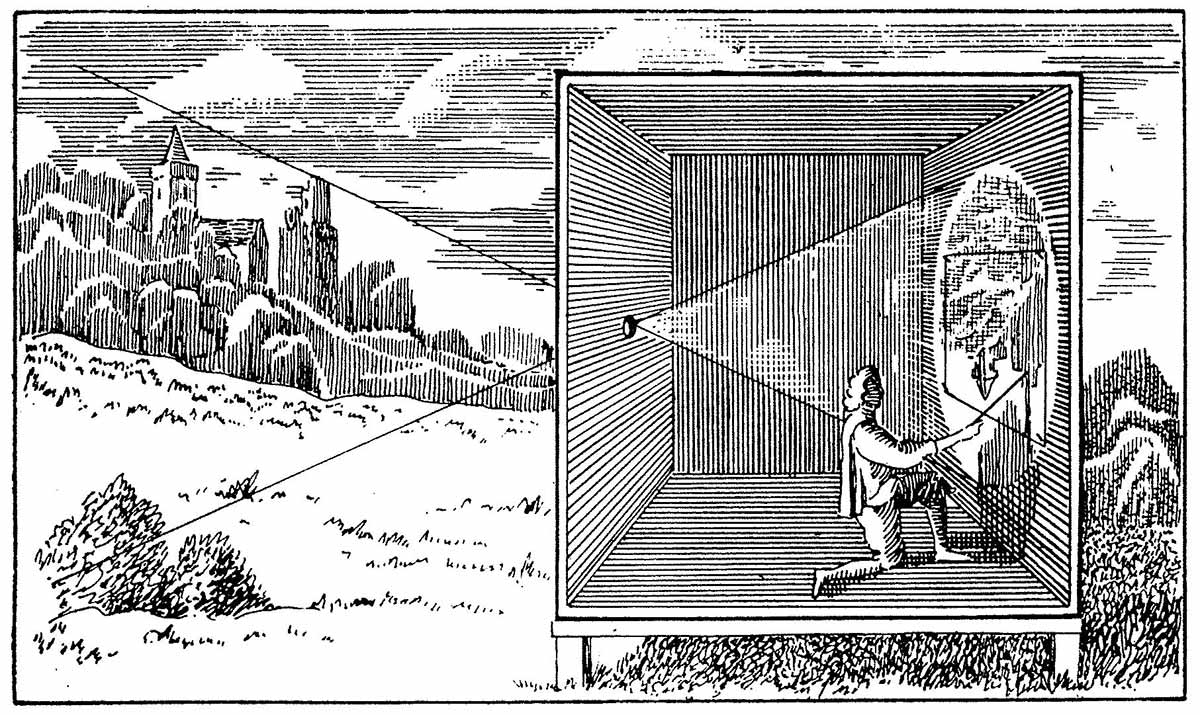
Because the aperture is so small, a pinhole camera needs to be placed on a tripod or a firm place, waiting for seconds, hours or even months to record light. This feature allows pinhole cameras to capture the movement of the sun over a long period of time, a practice coined as solargraphy. With a pinhole camera of 0.25mm aperture strapped into the telephone pole, photographer Justin Quinnell left it for 6 months, equivalent to 15,552,000-second exposure, capturing each phase of the sun over Bristol’s Clifton Suspension Bridge. But it is yet to be the longest exposure in history: The German photography artist Michael Wesely set up eight cameras in four different corners and documented the destruction and re-building of MoMa, leaving the shutter open for up to 34 months. The passing of time, unbeknown to the normal pacing of the human eye, became perceptible with an almost surreal and painterly look.

The pinhole camera doesn’t automatically focus, measure light nor does it have a viewfinder. As inconvenient as it sounds, this archaic image-making device is utilized to pursue personal projects by Justin Quinnell – a photographer who has created a career out of handmade pinhole cameras since 1989. He is known by signature images taken by a 3-inch camera placed inside his own mouth. As it can be made from scratch from any regular material in the shape of a light-tight box, Quinnell’s collection has grown to approximately homemade 200 cameras and doesn’t show a sign of stopping. He particularly loves this tool because of its simplicity and universality: “It does not require being part of the consumerist mega-pixelled massive, but encourages experimentation and wonder. It is an opportunity for everyone to explore the visual world around us.”
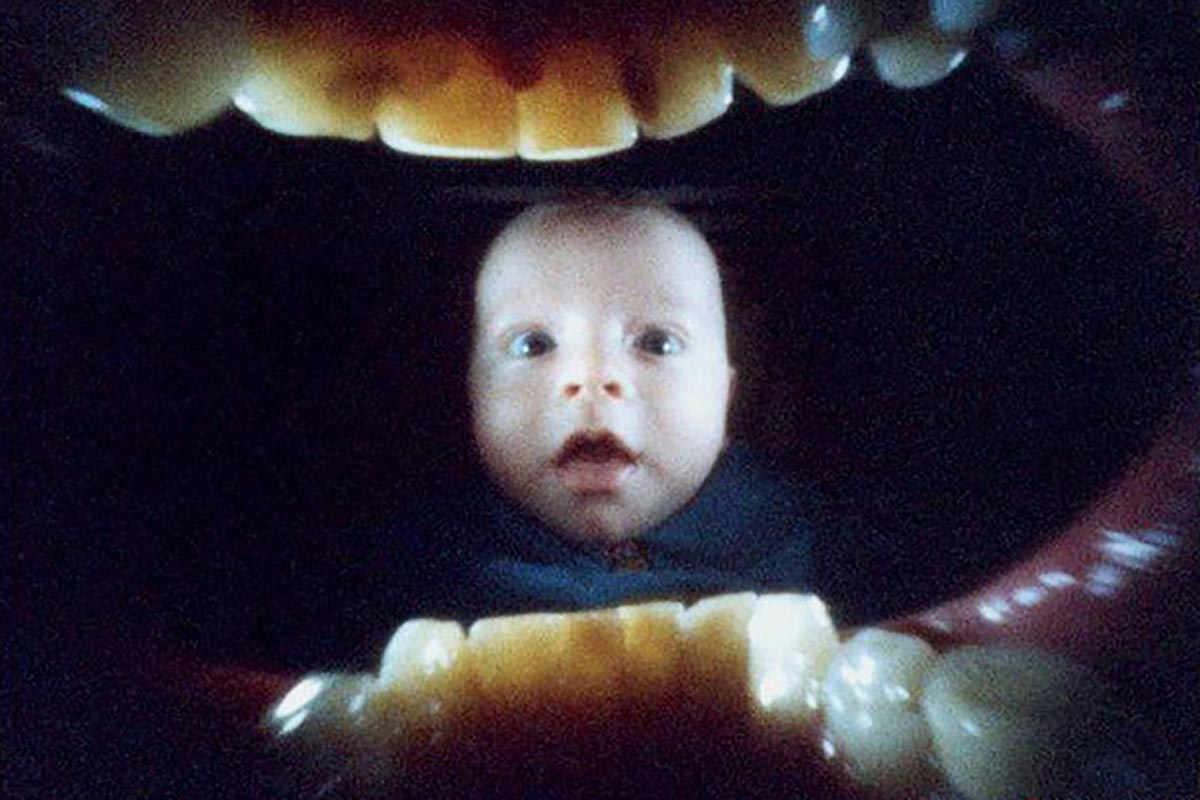
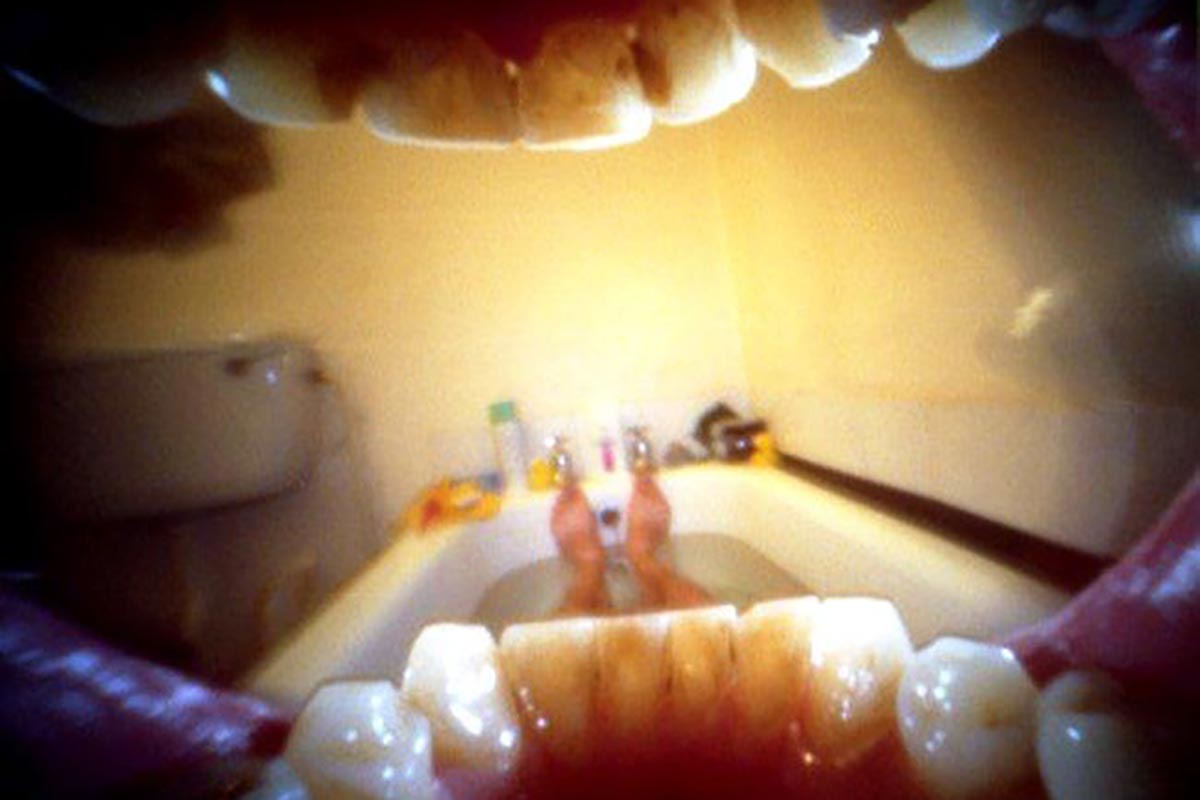
Perhaps the more advanced technology becomes, the more often people go back and appreciate old quaint things. If you have the impression that no one really cares about this historical machine, you’re mistaken: the pinhole community is alive and well. Since 2001, the annually celebrated Worldwide Pinhole Photography Day has gathered thousands of works by pinholers internationally. Last April, more than 1700 photos were submitted by creators of 59 countries and exhibited in an online gallery.

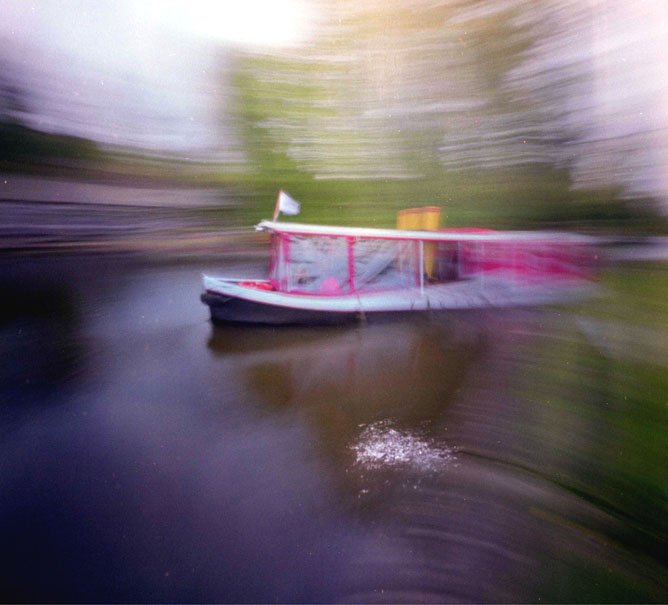
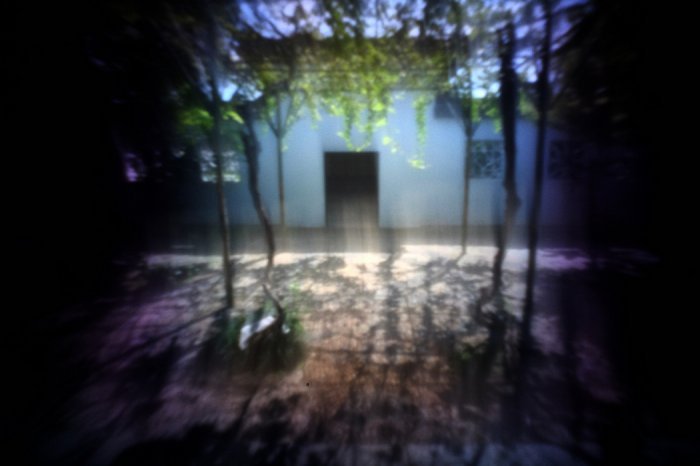
The sentiments are shared by Nikolaj Svennevig, a Hanoi-based Danish photographer. Although his career of photography spans over a decade, he regards the new found love for pinhole cameras as the most thrilling experience in his photographic journey. Fascinated by the idea of revisiting history of photography, Nikolaj has been constructing his own cameras, experimenting with them and promoting the practice by organizing workshops. Materials needed are the iconic Thong Nhat matchbox, some black tape and a willingness to play. In this case, the image-making process goes way back before the shutter is pressed, or more precisely, before the black tape is opened.
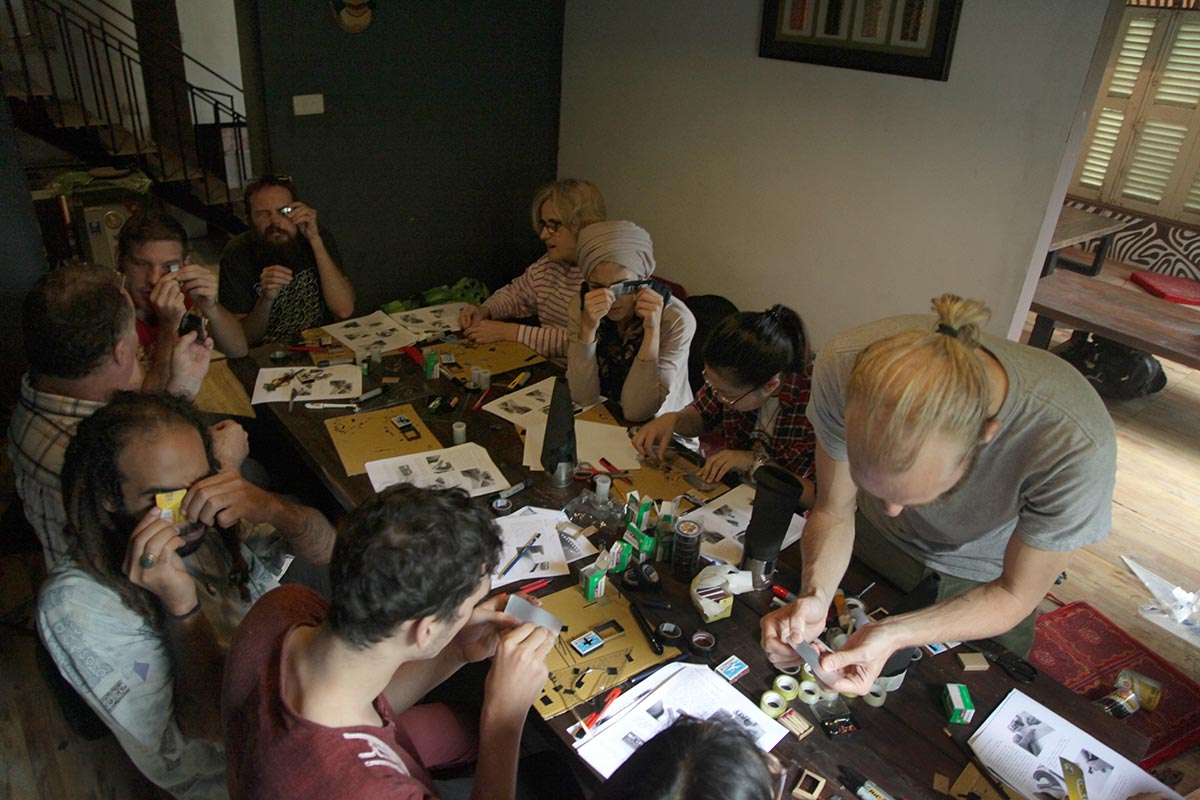

“The lack of tech in the camera turns on the tech inside you. That is to say engaging yourself with something that works with you, and not only for you opens up your senses in new ways. And starting to really sense the world around you is what makes us most human”, shared Nikolaj. Over the course of half a year, he has made five cameras, each offering an unique visual expression and been rendering Hanoi’s landscape with them.
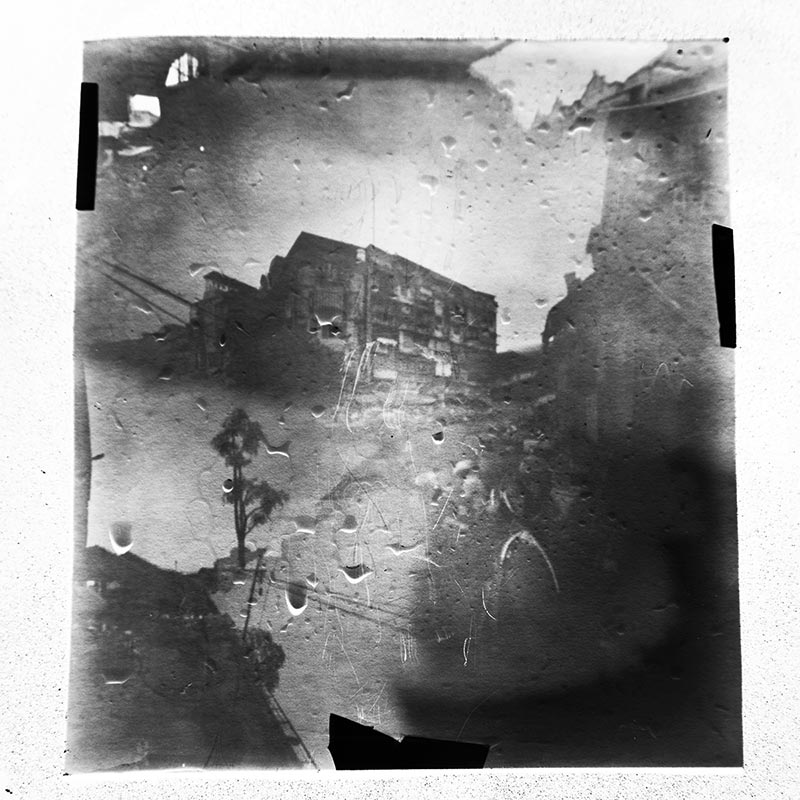
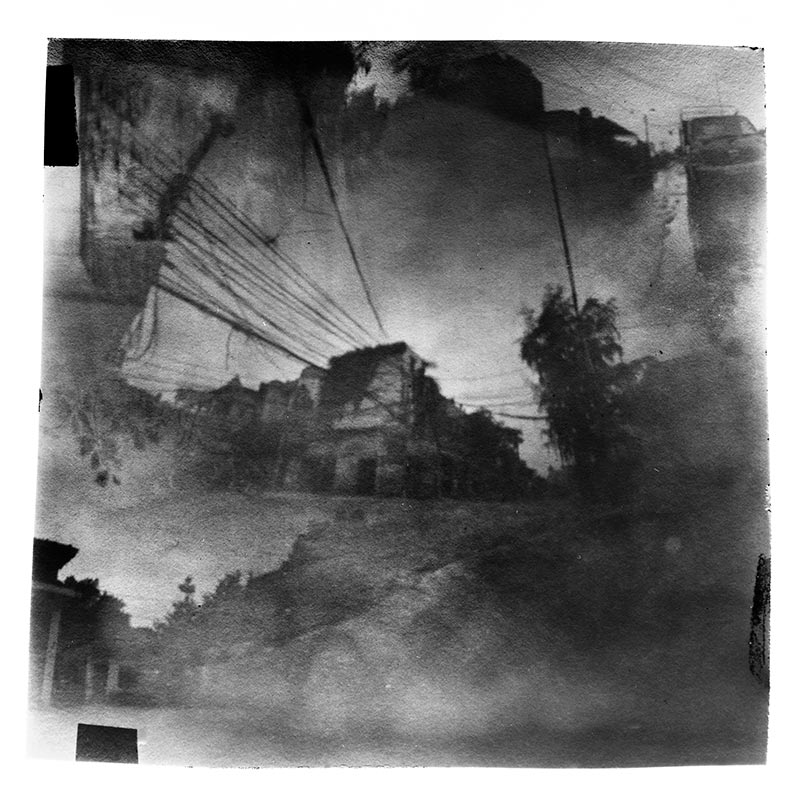
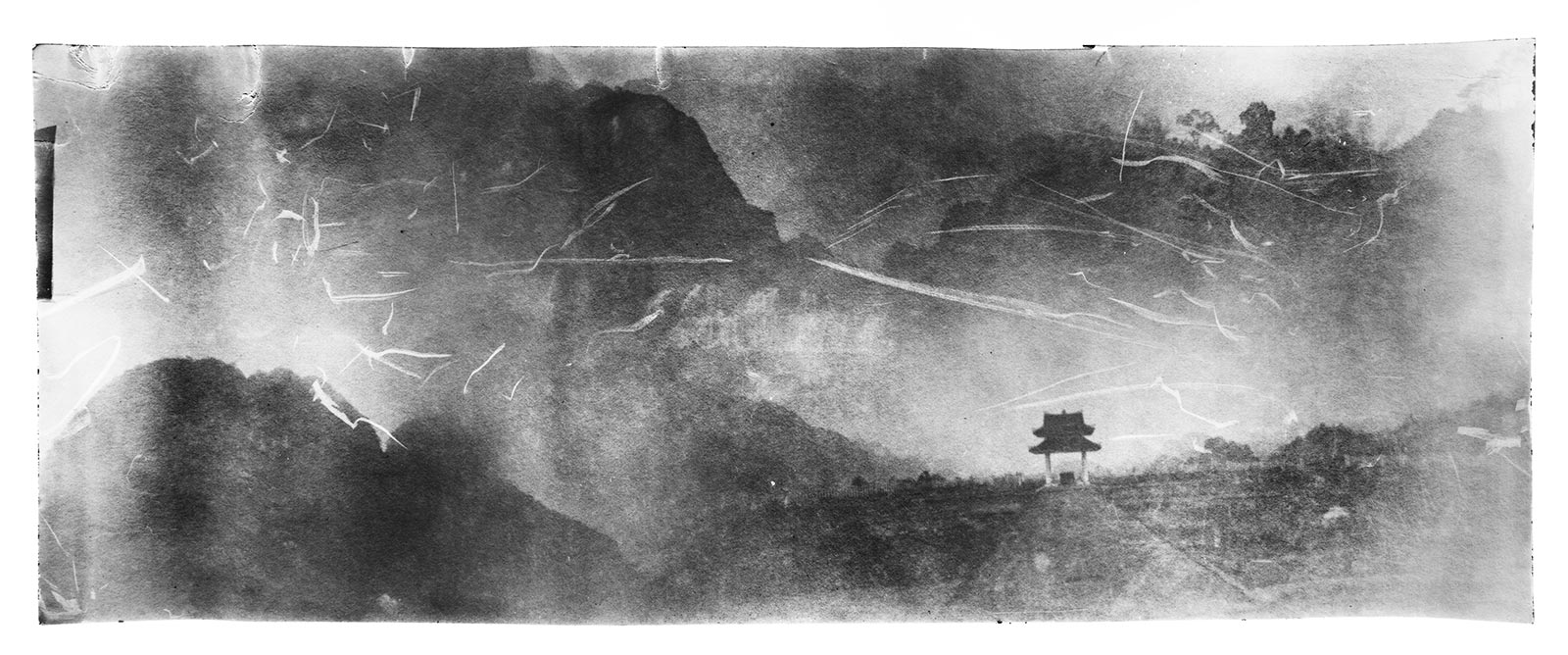
Pinhole camera is the only type of camera that can be made and destroyed without much thinking. Thanks to its low cost and relative indestructibility, it allows experimentation where digital cameras fear to tread. The lack of control can be taken with either hesitation or the wonder of the unknown. For our part, Matca encourages explorations in whatever form, firmly believing that the more we know about tools, the more options we will have for creative expressions. If you regard photography as a form of recreation, let cameras be your toys. Enjoy playing!
